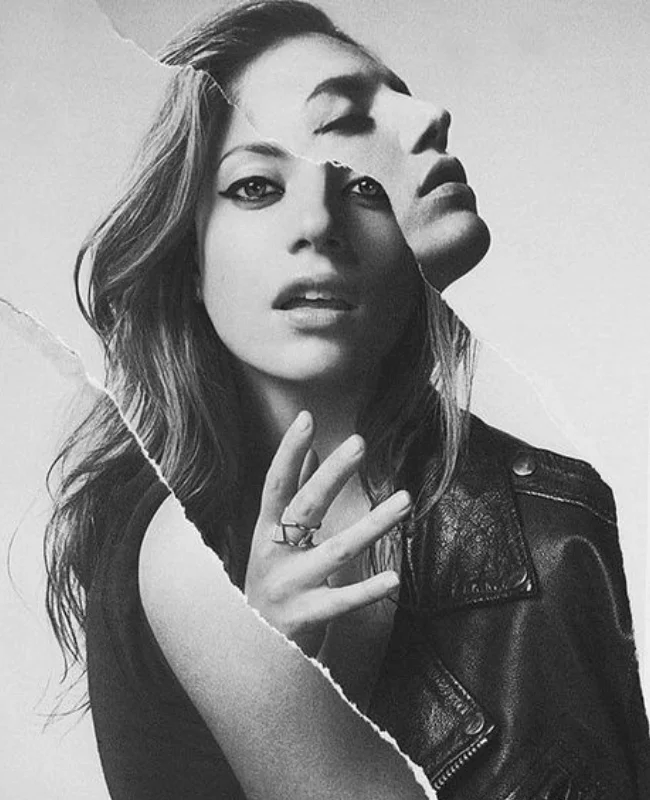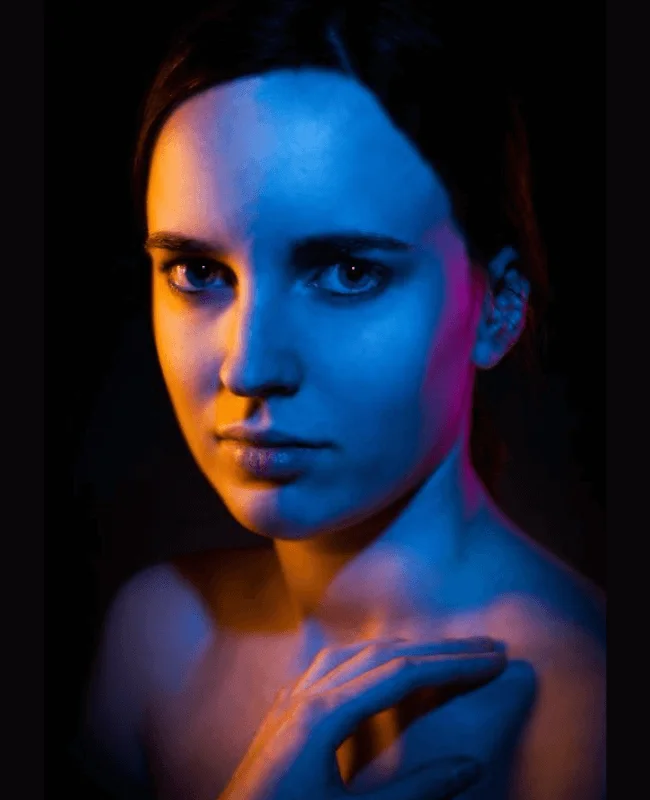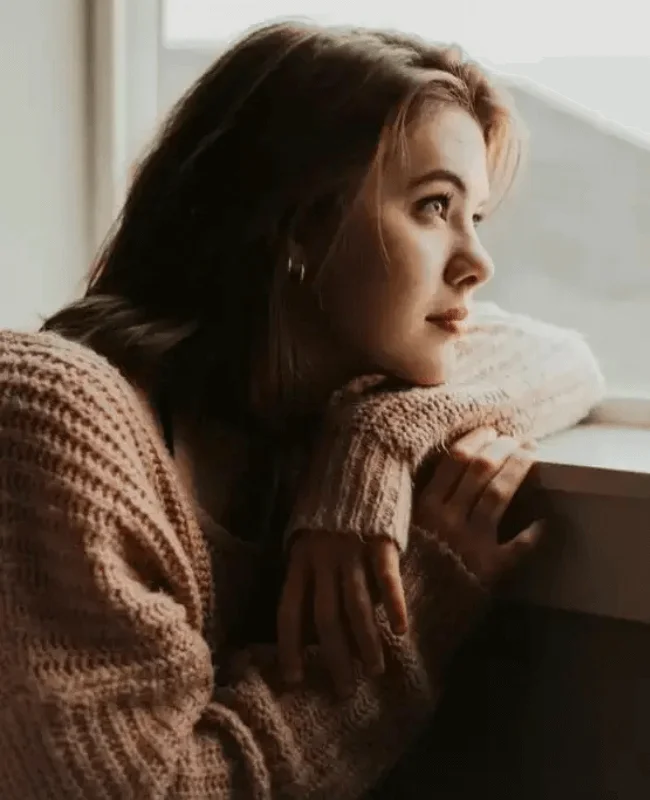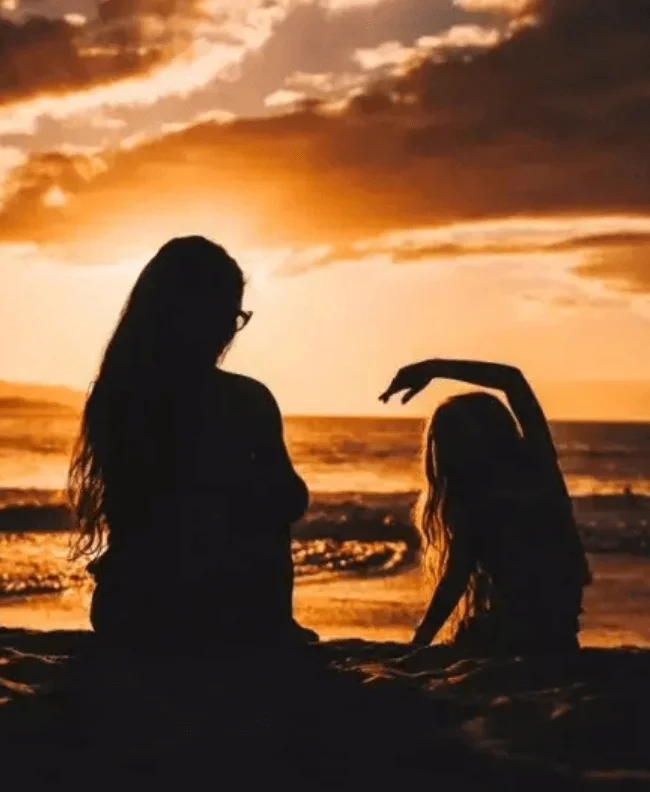Finding unique shapes, distortions, and perhaps even a combination of all of these elements in your photography is the goal of creative photography.
You can be inspired to create visually stunning photographs by engaging in creative photography. It will assist you in moving to the next level of taking cool pictures.
If your photography lacks imagination and flair, it doesn’t matter how costly your equipment is; even the most expensive equipment will not get you far.
Only your imagination serves as a constraint on this type of image. Master the basics, then push the boundaries. Only then you will be able to break all of the rules.
List of 10 Creative Photography Tips
Details | 10 Best Creative Photography Ideas
01. Find A Spot Where You Can Enjoy a Beautiful View

Go for a site that offers a scenic outlook and cool photoshoot ideas. Keep your feet firmly planted on the ground. Wait until you’ve shot 20 different images before moving on to another location.
The concept of perspective is central to this photography concept. One location may appear to be uninteresting, but it may have a plethora of exquisite elements.
Examine the scene from every perspective imaginable from that one location. This can educate you on how to recognize the potential in a variety of situations.
02. Your Backgrounds Are All That Matters

Now another enjoyable challenge for photographers of all skill levels, rather than concentrating on your subject, concentrate on your background. It’s perfectly acceptable if your subject appears hazy. It can be used as a foreground element.
In some senses, foregrounds and backgrounds are opposed. They’re in closer proximity to the camera. They lend depth to an image when they are blurred. This additional layer might help to create a more honest and fascinating atmosphere in your cool photos.
03. Shoot in B&W Mode

Many digital cameras are equipped with a black-and-white (B&W) shooting option. This is a useful option for photographers who like to experiment with their subjects. Looking at the world via a colorless prism may provide a plethora of interesting subjects for you to shoot when you do so.
If your camera does not have this setting, you can start by shooting in color. When you are editing your photos, make sure to convert all of them to black and white. This will provide you with greater control over the contrast and tones of your photographs.
04. Creative Lighting

For a photographer to improve, you must first learn to experiment with the lighting in the scene being photographed. After all, photography is nothing more than a form of light painting.
There are a few different methods to go about it. You can rearrange lights and experiment with the many sorts of lighting you utilize. Everything from commonplace candles and flashlights to photography-specific tiny LEDs and spotlights can be used, including flashes and speedlights.
You can also make changes to those lights. Lighting gels are colored filters that can be placed over lights to produce a variety of effects, such as strobes. Translucent plastic bits in various colors or clear can be used to create gels.
05. Picture-in-Picture

Try utilizing printed images as elements in your picture for a picture-in-picture effect. You can add paint or other materials to the photo to turn it into a mixed-media piece of artwork. It’s also a wonderful opportunity to explore all the different options for replicating your work.
06. Take Self-Portraits Next to a Window

Windows are a great indoor prop. The light outside can provide many startling results. You can shoot directly at the window, side by side, or against it. Directly facing the window will illuminate your entire face. This allows for simple yet effective self-portraits.
Standing near a window illuminates half of your face. Useful for mysterious or emotional portraits. You may create an interesting silhouette by taking shots against the window light.
07. Make New Versions of Old Photographs

Do you want to go back in time? Recreate childhood images to do this. This can be a lot of fun. You’ll need to find outfits that match your photos. You can add other individuals to your photoshoot! If you want to go all out, make your images look ancient. Give your digital images an antique look with textures and Lightroom presets.
08. Accept The Blur

Photos taken in blurry conditions do not necessarily have to be awful. Work on emphasizing blur as part of your efforts to be creative and to experiment with different techniques.
Consider capturing motion blur on moving objects by using a slow shutter speed or by using a whip pan with the shutter open. When you change the lens zoom in or out during the exposure, you can get some interesting results.
09. With The Help of Shadows

Make use of shadows in your composition to aid in the telling of your story. Here are a few excellent photographic composition tips and approaches. Use shadows to have a model interact with them or use them to tell a full tale just with shadows.
10. Keep Two Colors in Focus at Once

Many of the most memorable images have been captured in the minimalist style. If you concentrate on keeping things simple, you might be able to give your photography the boost it needs. Choose two complementary colors for this photographic concept. These will serve as the primary colors in all of your unique photography.
You can choose colors that are complementary to one another or colors that conflict. Make no apprehensions about attempting things that have never been attempted before! Now, go out and find those colors or make them yourself. This is dependent on the genre and type of photography you practice.
Conclusion | Creative Photography Ideas
Getting creative with cool photo ideas isn’t a difficult undertaking as long as you have the necessary time to enjoy yourself while doing so. When something is always a hassle or a necessary aspect of your profession, it might be tough to relax and enjoy the process.
You will rekindle that creative spark that drew you to photography in the first place only if you move out of your comfort zone and allow yourself some leisure.

